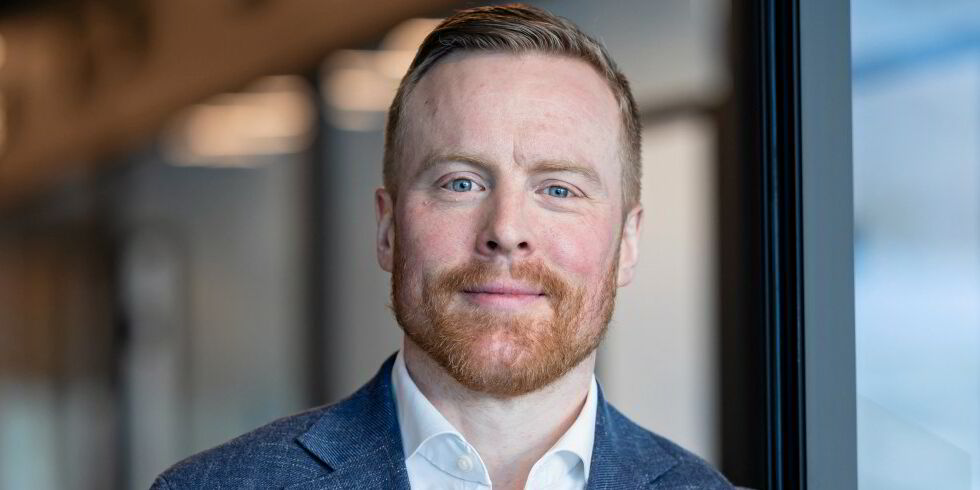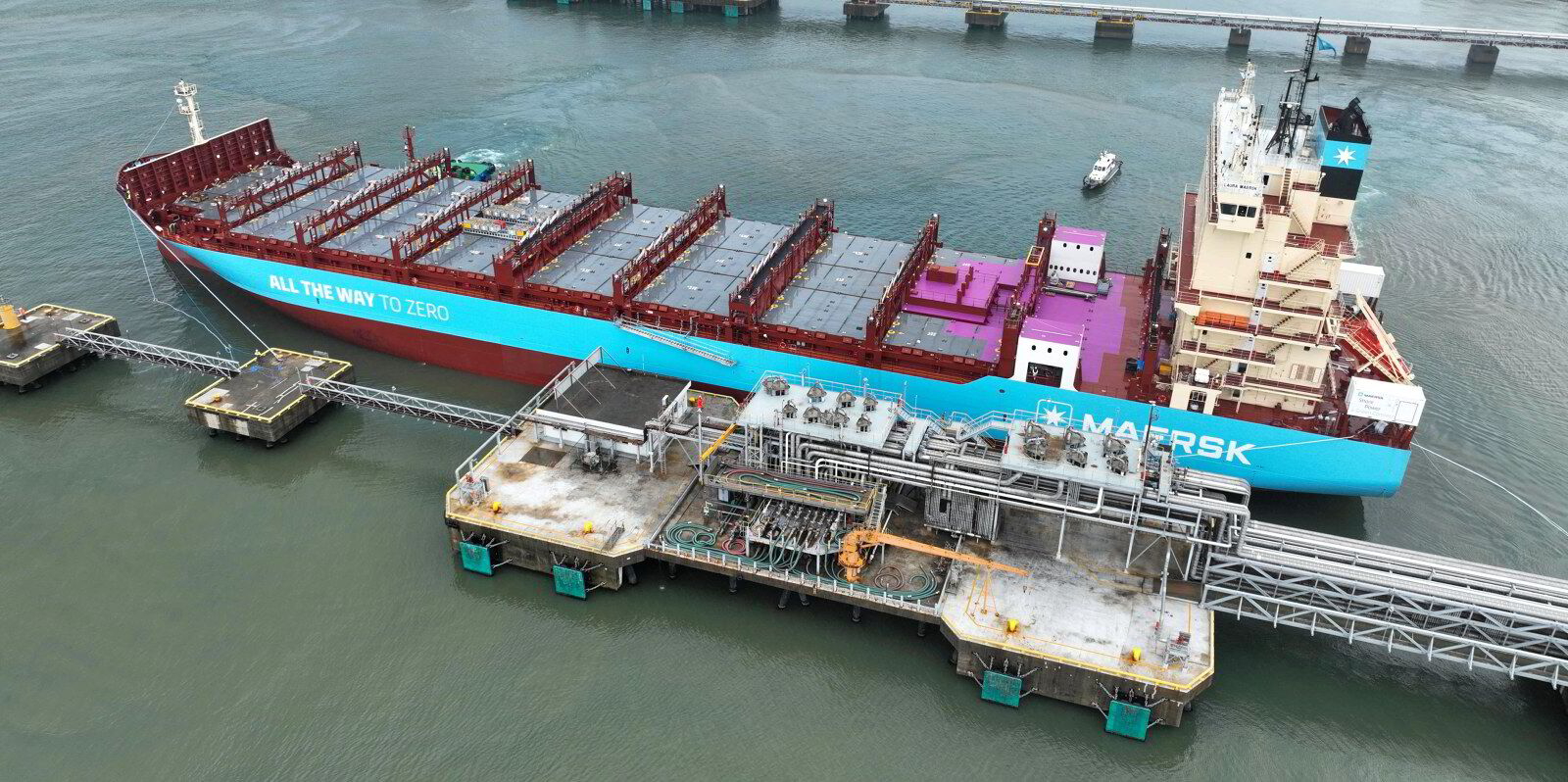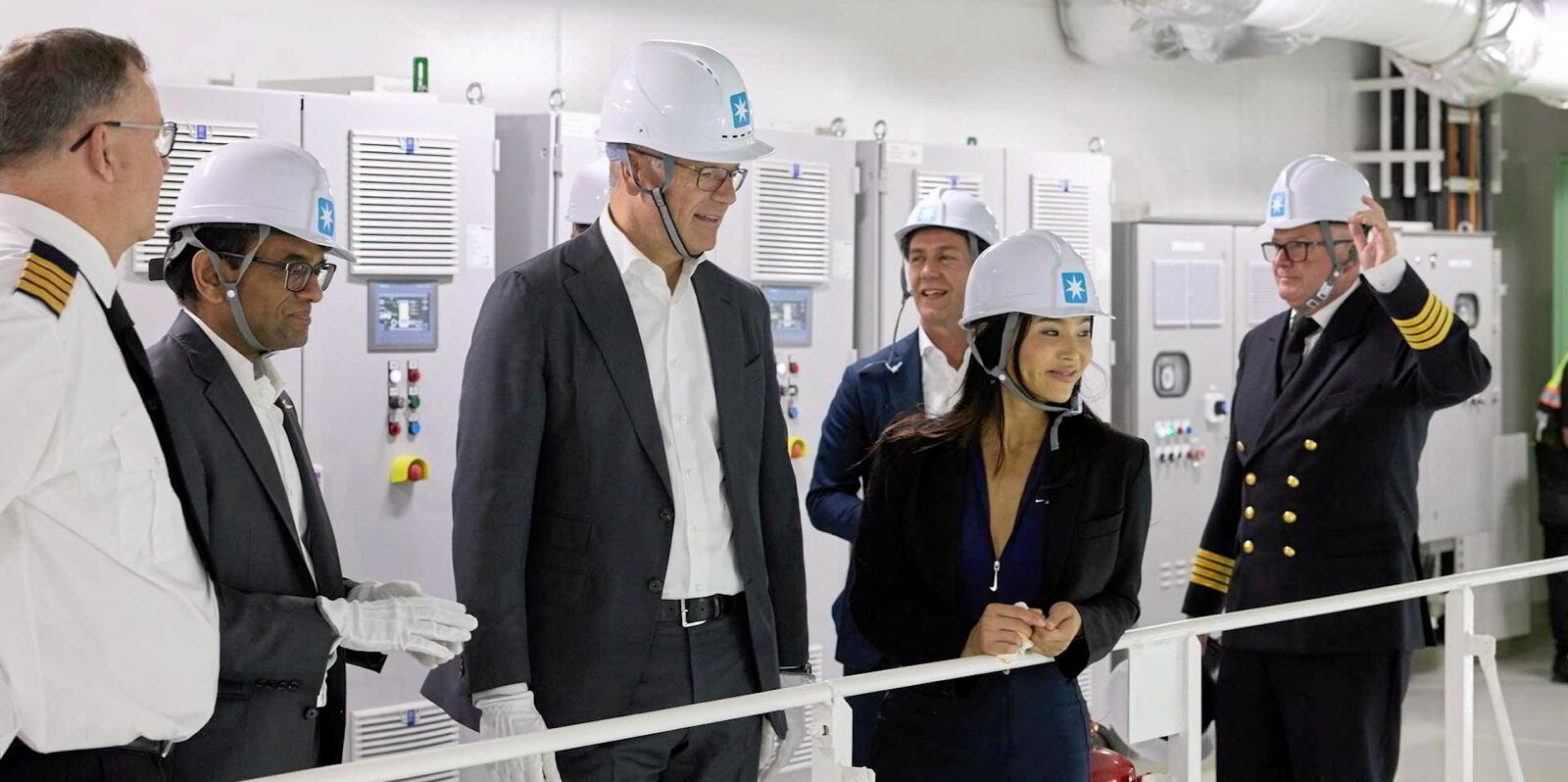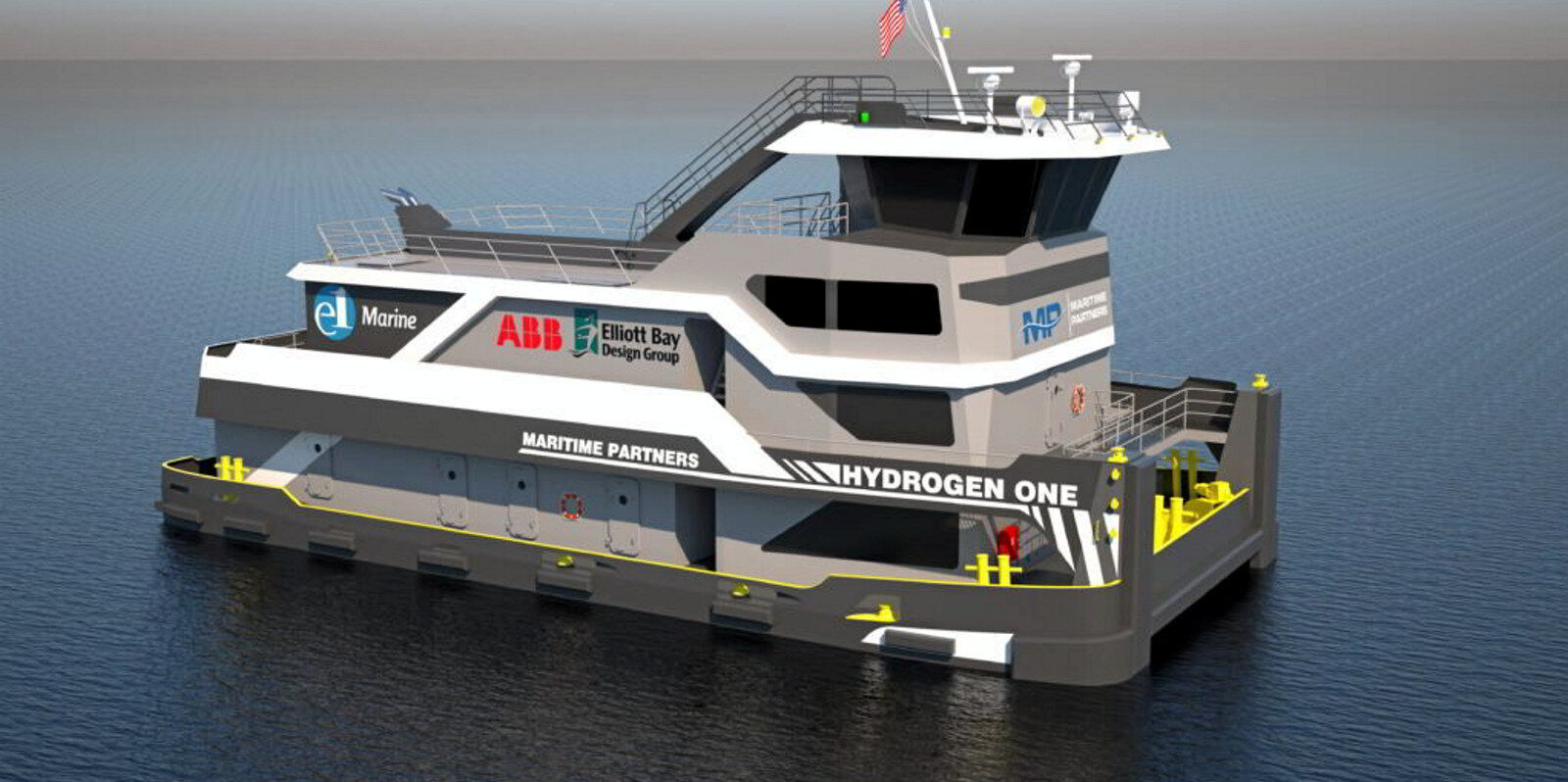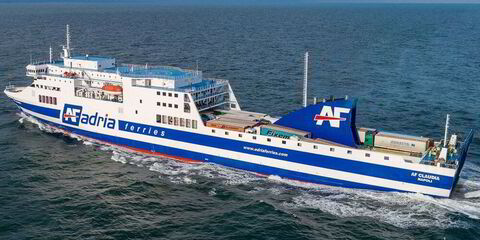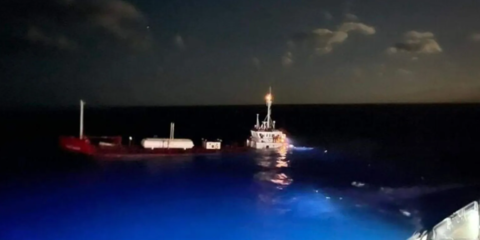Norway’s Hexagon Purus Maritime has received an order for a compressed hydrogen fuel system for Greenpeace’s new 75-metre vessel.
The purchase order is from Freire Shipyard in Vigo, Spain, according to a statement.
Hexagon Purus managing director Robert Haugen said: “We are delighted to support Greenpeace’s mission to showcase innovative solutions for reducing maritime emissions.”
The vessel will feature advanced green technologies, including hydrogen and e-methanol power systems.
The value of the order is about €2.5m ($2.8m).
“This partnership underscores our commitment to pioneering zero-emission technologies and contributing to a sustainable future for the maritime industry,” Haugen said.
Delivery of the hydrogen fuel system is scheduled for 2027.
The Greenpeace vessel, designed by Dykstra, will harness wind and solar power through more than 2000 square metres of sails, battery packs and solar panels.
“Hexagon Purus is committed to actively leading the way in developing zero-emission alternatives,” Freire Shipyard managing director Guillermo Freire said.
The ship will also feature advanced power systems enabling the use of green hydrogen and e-methanol to meet its remaining energy needs.
“After a comprehensive tender process, we became confident that Hexagon Purus Maritime had the ability and highest technical capabilities to deliver on this exciting project,” Freire added.
Hexagon Purus, which is based in Alesund, develops and delivers hydrogen storage solutions and fuel systems.
Haugen said: “We already have decades of experience handling hydrogen in cars, heavy-duty trucks, buses, trains and even aerospace. We are prepared to scale further and adapt to the market.”
Hexagon Purus has a long track record of delivering hydrogen systems for road transport and is now seeing opportunities in the maritime industries.
“Our belief is that the inflection point is really close. We believe the next step for ships in Norway will be compressed hydrogen. It will cover where batteries are not sufficient in terms of capacity,” Haugen added.
He believes compressed hydrogen solutions are suitable for offshore supply vessels, wind supply vessels, fast ferries, research and crew transfer vessels.
“There is quite a space for compressed hydrogen. Norway is in the forefront. With the technology we have in Norway we are well positioned, if we are quick, to be an important player in this industry,” he said.
Haugen expects more hydrogen-powered vessels on the water in the next five years.
“All of it needs to change if we want to meet our 2050 goals. It is going to cost a lot of money. We need subsidising in the beginning. The private company won’t and can’t take the cost of the green shift without any incentives for doing so,” he concluded.(Copyright)

